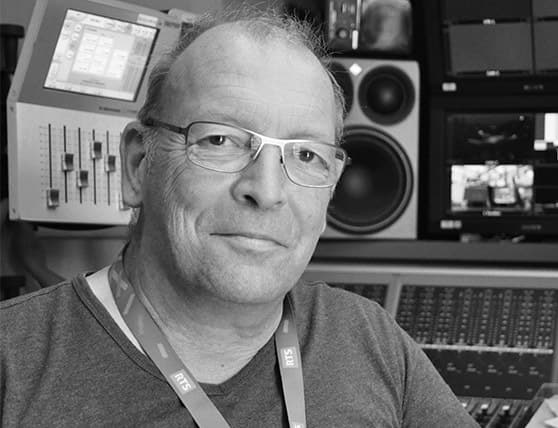As a sound engineer, I love being responsible for big and challenging projects. In 2019, it was once again time for Fête des Vignerons, a festival taking place once every 20 years. And Radio Télévision Suisse (RTS) was in charge of broadcasting and Blu-ray recording.
We wanted to record immersive sound for the Blu-ray and 5.1 for the DVD, but it was clear that live broadcasting immersive sound would be far too challenging – on the one hand, because we don’t have a dedicated UHD broadcasting channel, and on the other, because many of our listeners still aren’t equipped to enjoy immersive sound in its fullness. This will probably change in the nearest future with the release of more accessible and flexible tools like, for instance, the AMBEO Soundbar by Sennheiser.
In order to reconcile the needs of live TV broadcasting and post-production, we wanted to use versatile microphones with different directivities. We wanted to use omnidirectional microphones for TV broadcasting, for instance, because of their depth and envelopment effect especially when used for the rear channels of a 5.1 mix. On the other hand, we also wanted to use hypercardioid microphones for the mix in post-production. When we saw that the MKH800 Twin offered the possibility of changing its directivity from the console or in post-production, instead of having to switch between directivity pre-sets of the microphone itself, our choice was obvious. For our application, there was simply no better option. And we found out that there is no microphone on the market offering features like the MKH800 Twin.
We ended up using twelve MKH800 Twins. The arena of Fête des Vignerons is rectangular and at least twice as long as it is wide. We installed four MKH800 Twins on each long side and two on each short side. In the arena, there are four stages around a central stage. Each of the five stages has its amplification and sound diffusion system, used on its own each time the action moves from one stage to another. For the ambience, we worked on three levels: We first installed a series of cardioids around the central stage. Then we placed a second series of shotgun microphones on the four peripheral stages. And finally, we used MKH800 Twins for the highest microphones on the rear railings behind the spectators. This height dimension is very important and would, of course, be present in the mix.
